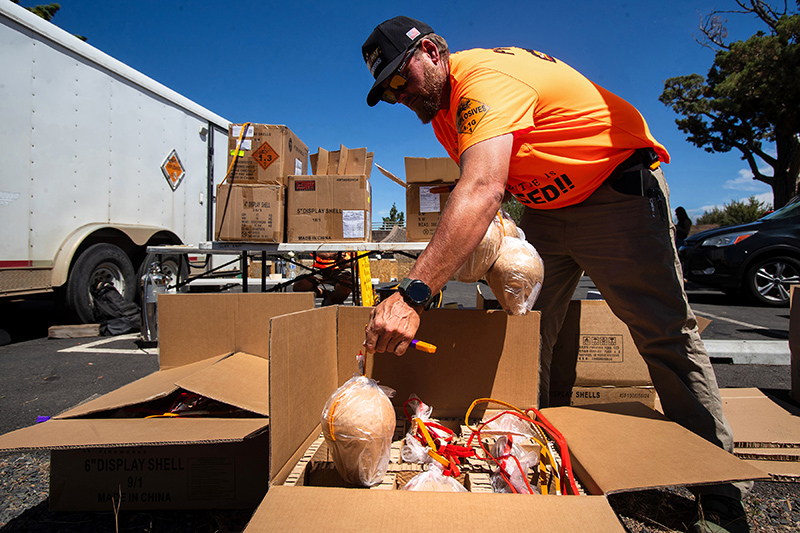Editorial: Where we are and where we need to be on homelessness in Central Oregon
Published 5:00 am Saturday, February 15, 2025

- A group of camps off of China Hat Road southeast of Bend in January.
The easiest thing to do when you see a person sleeping beneath a bridge or struggling against this cold while living on the street is move on. It’s their problem or somebody else’s problem. Not yours.
Colleen Sinsky made it her problem.
“What keeps me motivated is the successes I have seen,” she told us. “It’s self-generating optimism — when you see successful long-term housing placements with people who traditionally nobody would think they would do well in housing. I have gotten to be part of that for so many hundreds of people over the years that I know it is possible.”
Sinsky is the executive director of Central Oregon FUSE, a nonprofit. FUSE was created in 2019 by people in Central Oregon law enforcement, at the city of Bend, in health care, in county behavioral health and others who saw a gap in the services available.
FUSE is dedicated to helping the chronically homeless. Those are people who experience homelessness for an extended period or who enter it repeatedly, while also struggling with some sort of chronic health condition. They are likely to be elderly, perhaps with medical frailty and cognitive decline. They are among the most challenging to get housing for with adequate support to meet their needs. Caring for them through rounds and rounds of 911 calls and emergency room visits is no way to do it.
It’s hard to know exactly how many chronically homeless people there are in the region. The point in time counts each January are good efforts. The counts are not certain, because it’s not easy to get certainty. The 2024 count identified more than 300 people as chronically homeless, roughly 20% of the overall homeless population.
“The complexity and intersectionality of this problem means that we need to have really complex solutions,” Sinsky said. “I had a great supervisor who said there are as many reasons for homelessness as there are homeless people.”
Sinsky transitioned in her career from doing outreach to people experiencing homelessness to working to create paths out of it.
“I know that outreach, emergency shelters, transitional housing — those are all critical parts of the response to homelessness,” she said. “But personally I had to be involved in creating the resources that enable a pipeline from street outreach engagement into stable permanent housing. Without that, street outreach doesn’t work.”
There may be no better representation of what Sinsky is talking about than Cleveland Commons in Bend. It’s the new permanent supportive housing apartments for the chronically homeless. Sinsky and others worked on it for five years. It has 33 units. There’s a staff member onsite. There are supports to help people succeed. It was the first development of its kind in Central Oregon.
A conversation with a reader impelled us to talk with Sinsky. He was a feast of frustration with the lack of progress on homelessness. It made us wonder about the gap between where Central Oregon is and where it needs to be. We wanted to talk to a series of people to understand that better and share it with you. Sinsky is the first.
The gap is disquieting because of the magnitude.
“Looking at the numbers we would need approximately 10 more Cleveland Commons,” Sinsky said. “The number of people who need that level of support is going to rise because of the aging population. Building 10 more Cleveland Commons would be great. It would also be super expensive and take a long time. It’s taken four or five years to get Cleveland off the ground.”
Sinsky said the community is going to need a broad, creative array of affordable options, tiered to different levels of support and the funding to pay for them — or the problem will get worse.
Beyond Cleveland Commons, FUSE has been able to help more than 200 people permanently exit homelessness. It has many other initiatives. It pays the ongoing rent for nine households that are medically vulnerable that it helped move from Juniper Ridge.
“All nine of them have been doing great,” Sinsky said. “They don’t need a whole lot. They just needed a place to be stable. Federal funding threatens to dry up. It just makes me really concerned about their future and the future of Central Oregon.”








